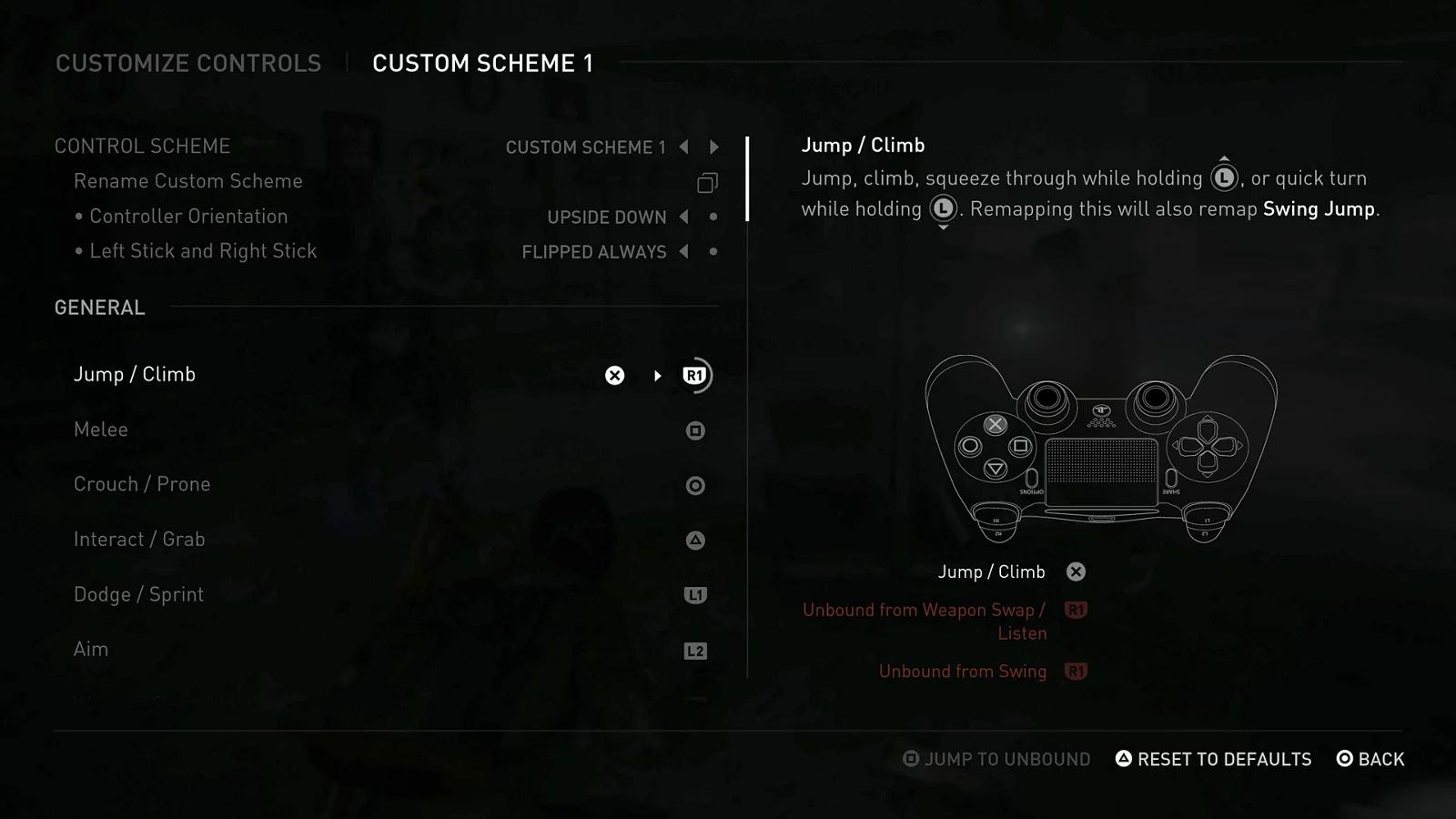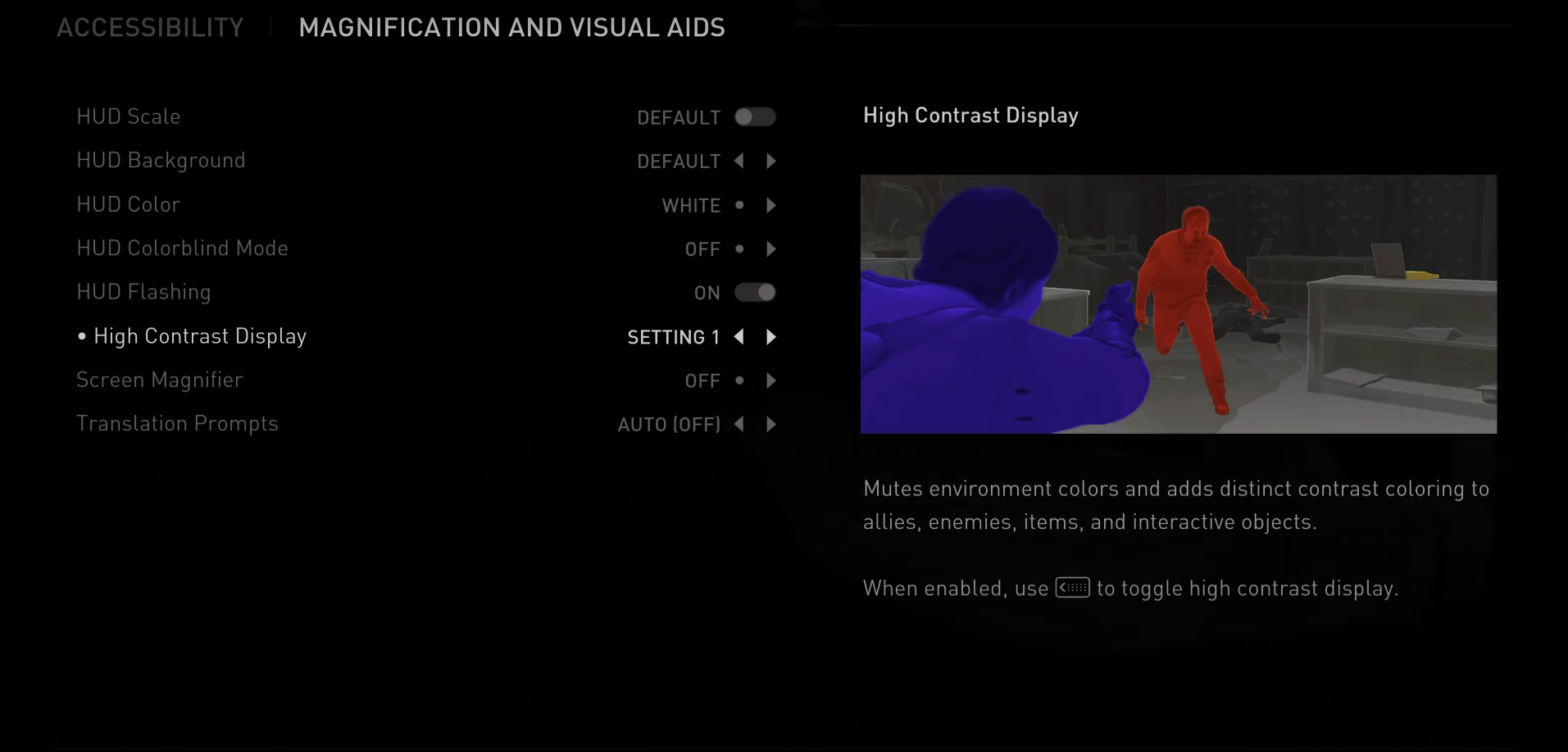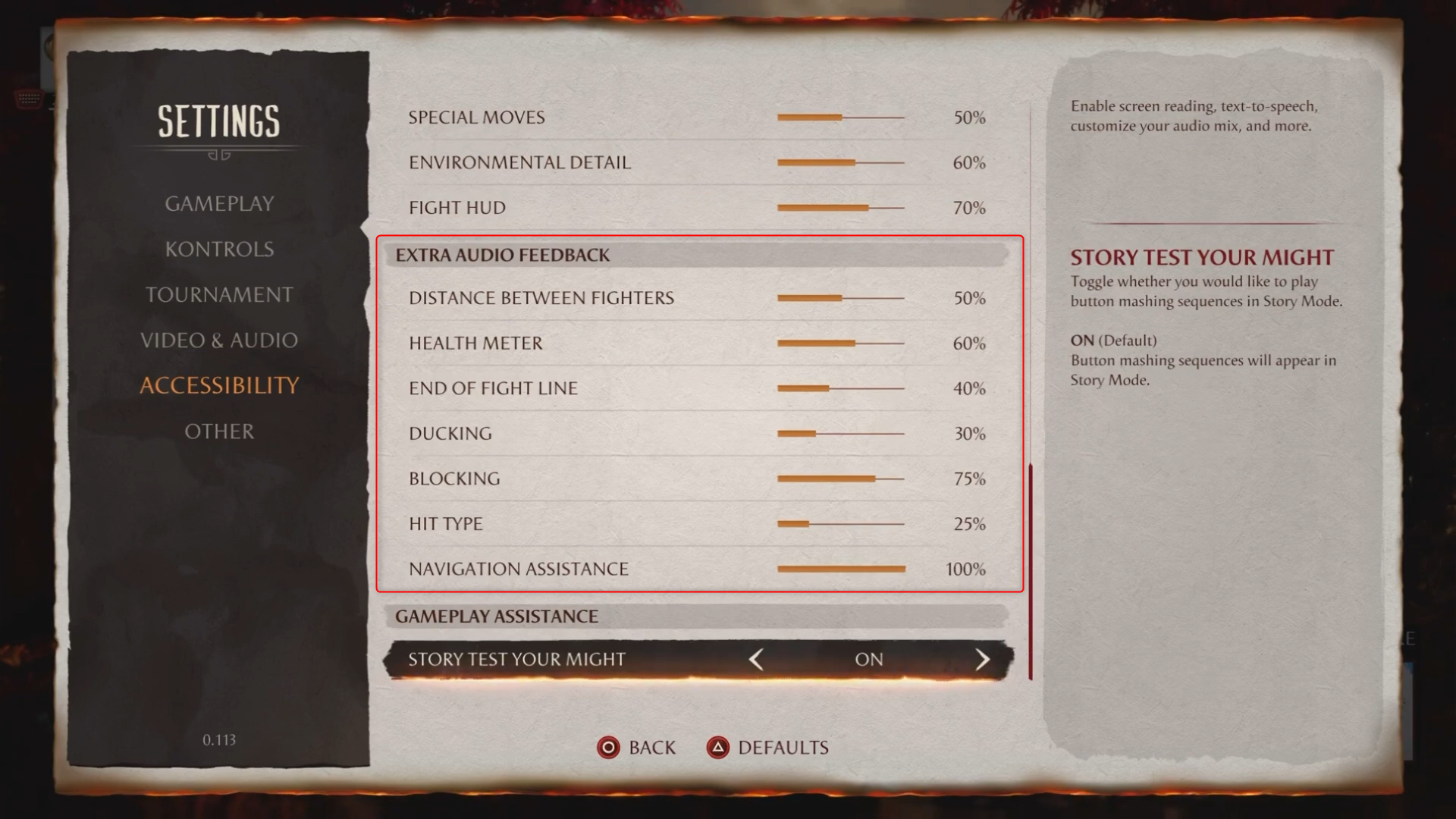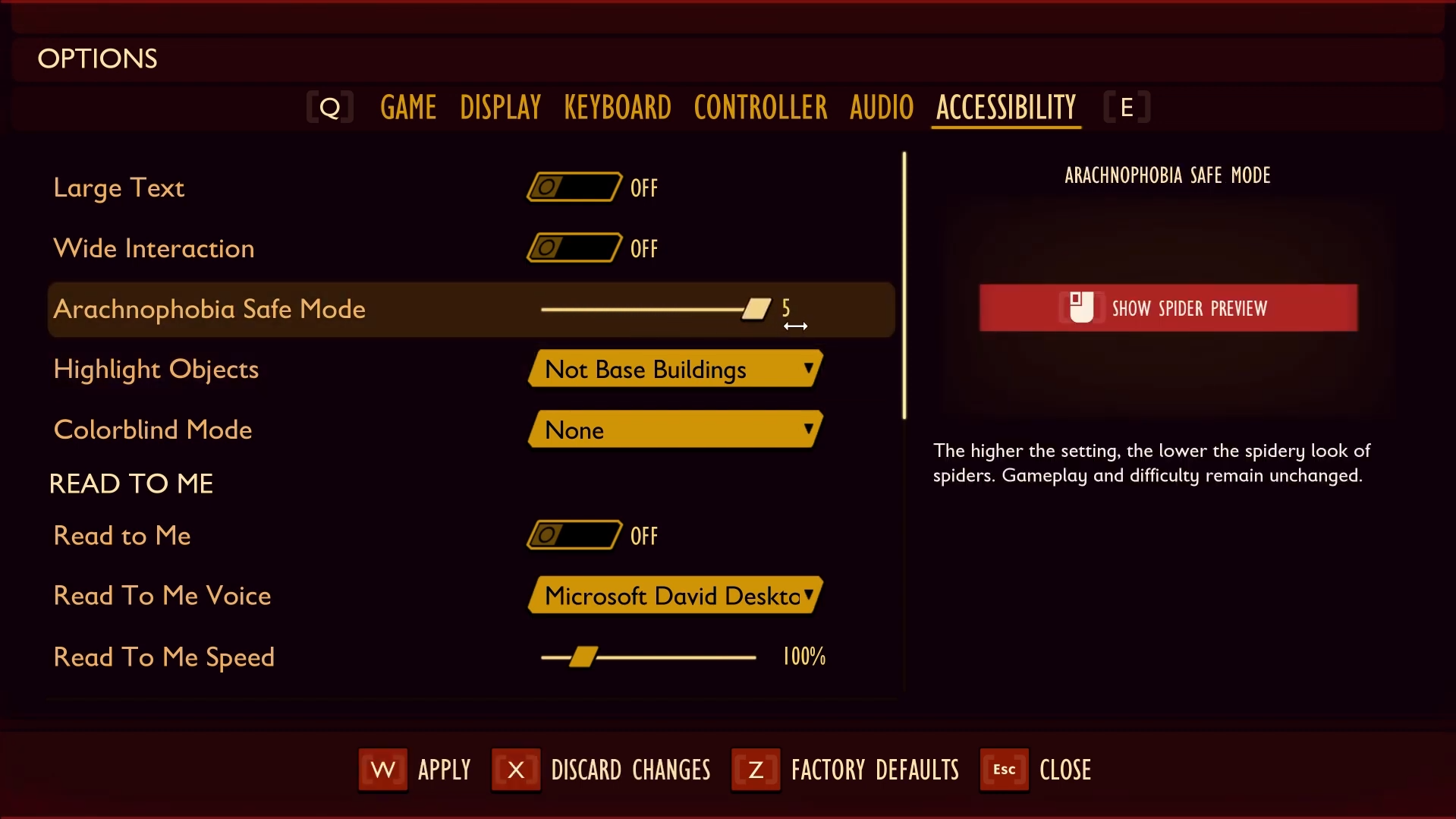Accessibility features in video games exist to level the playing field, so a diverse crowd can enjoy games equally. But accessibility features do not solely benefit those with disabilities. Many of these features can make gameplay more intuitive for any gamer, depending on their preferences.
Customizable Controls and Motor Function Considerations
Modern games will commonly allow you to customize controls or keybinds for a more comfortable layout. Adaptive controllers are designed to help gamers with disabilities and allow for even more button-layout customizability. If you enjoy the one-handed mode that many mobile phones have, you might be pleased to know that there are some games, like Animal Crossing: New Horizons, that can effectively be played with one hand without compromising the gameplay experience.
The Last of Us Part II, released in 2020, is arguably the gold standard when it comes to accessibility offerings. This includes a robust control customization menu that lets you remap every command to the controller button of your choosing.
You can toggle button-hold controls to button-tap controls, which can be particularly helpful for those with a condition such as carpal tunnel syndrome that makes it difficult to keep controller buttons held down. You can benefit by optimizing a game’s control scheme to suit your unique goals, even if you are not necessarily the intended audience for those accommodations.
The Last of Us Part II and many other games also have options for assisting with fine-motor tasks, such as aiming at moving targets on screen. Features like aim-assist and camera-assist will handle these types of precision controls automatically, making it possible to progress through the game whether you struggle with motor function impairment or simply want a more straightforward gaming experience.
Subtitles and Adjustable Text Scaling
Subtitles and closed captions are essential accessibility options for players who are Deaf or hard of hearing. Many games enable subtitles by default, and it is not at all uncommon for most gamers to prefer to play with subtitles on. What you might not realize, though, is that more and more games also include adjustable text scaling options that allow players to change the size and color of subtitles, dialog boxes, and other in-game text.
The Assassin’s Creed series gets it right in terms of adjustable text scaling. Even as far back as 2018’s Assassin’s Creed Odyssey, there has been an option to increase dialog size and toggle a semi-opaque text box behind subtitles for increased visibility.
Colorblind Options
Being able to discern colors from one another is essential for overcoming puzzles and responding to certain visual cues in video games. Colorblind players may be able to benefit from options to customize a game’s color palette however they choose. But there are also notable instances where the wider player base can make use of these options to improve their experience, regardless of any disability.
The Last of Us Part II sets another great example in this area. The game includes the option to change the HUD color as you see fit, a welcome feature to help ensure that important information always remains prominent against the game’s various environments.
Players with more significant colorblindness or other visual impairments might also choose to toggle a high-contrast display that mutes the color of the environment and background objects while highlighting interactive elements like enemies or items in visually distinct colors.
Additional Video and Audio Cues
It is a sign of great game design when there are multiple cues to alert the player to incoming threats. However, not every player has the capacity to pick up on all of those cues.
In a battle royale game like Fortnite, for example, the very subtle sound of nearby footsteps can send a warning that enemy players are nearby. Not everyone can hear those footstep sounds, though, so the option to toggle an on-screen visual cue is a welcome feature. It even stands to benefit gamers who are simply playing in a noisy environment, or those who just value having more on-screen information.
On the other hand, Mortal Kombat 1 demonstrates how effective extra audio feedback can be for accessibility. This fighting game has settings to increase the relative volume of sound cues that play based on the distance between fighters, the health of each fighter, and the actions each fighter is taking.
Not only are these feedback options helpful for players with limited depth perception and visual impairments, but they also serve as another example of accessibility features that benefit any player by simply providing more information with which to make effective decisions in the moment.
Difficulty Settings and Customizable Experiences
In the eyes of many gamers, difficulty settings like Easy, Medium, and Hard are purely matters of preference. For others, this choice is a legitimate accessibility feature that can make a game enjoyable when a disability, lack of time, or another external factor would otherwise make it impossible to enjoy the game as intended.
Some games go beyond simply offering monolithic difficulty choices like Easy or Hard, and instead allow you to customize your experience further. Marvel’s Spider-Man 2 enables you to adjust enemy health, toggle quick-time event (QTE) auto-completion, and even simplify or skip puzzles that can be bothersome roadblocks for some players.
One game that lets you customize your experience in a particularly unique way is 2022’s Grounded. This game gained notoriety for its “spider slider” which aims to make the game more enjoyable for players with arachnophobia.
The spiders in Grounded are as large or larger than the player character, but ramping up the Arachnophobia Safe Mode setting makes these creepy crawlies increasingly silly and less spider-like. It’s a thoughtful accessibility setting that can double as a fun way to get some laughs on subsequent playthroughs of the game.
Inclusivity is an important goal for game developers, but striving for that goal is not the only point of accessibility. It’s not just about whether or not people can access the game but also providing a large number of ways to access it.
Many of the best games from recent years have great accessibility options, so consider taking a peak at the settings next time you play to see if you can make the experience just a little smoother for yourself.









